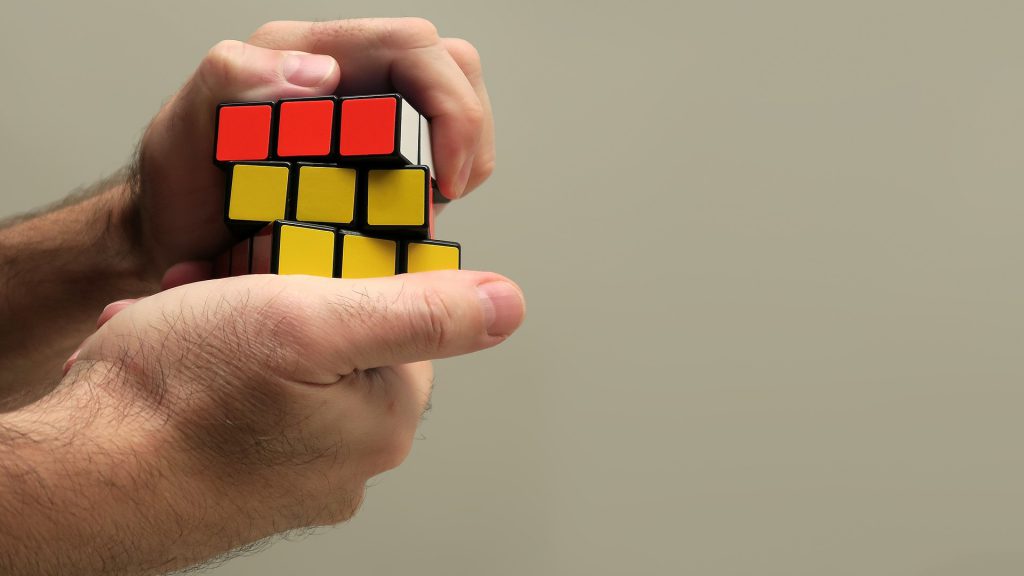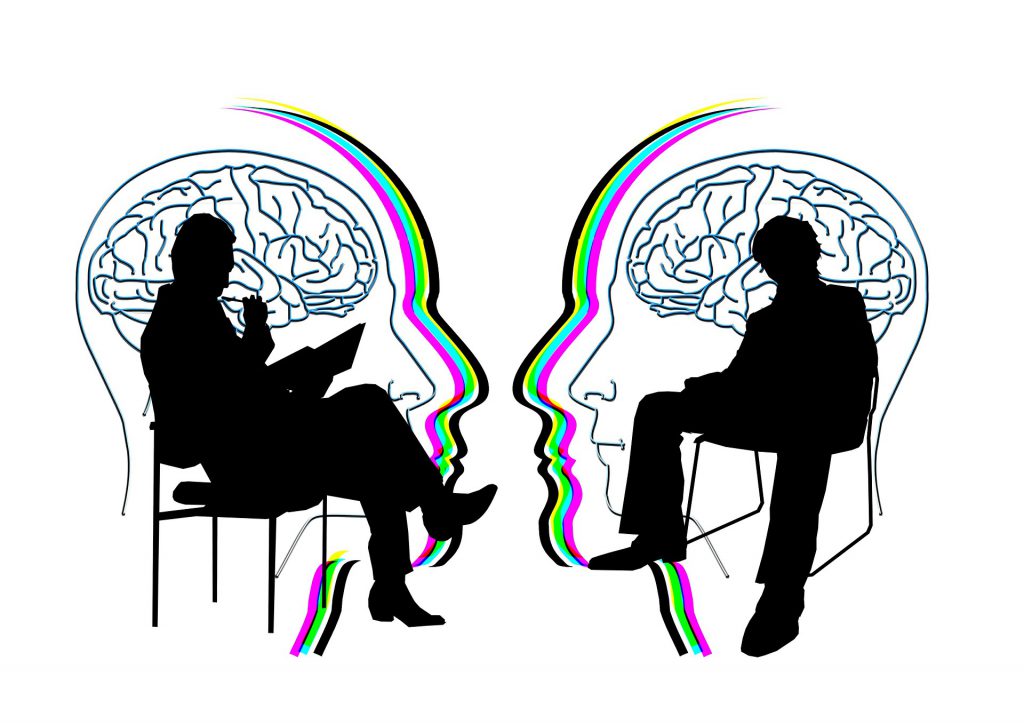Has teaching become a routine? You prepare the lesson, explain it to the students, help them solve some problems about it, then repeat. Trying out new teaching methods can energize the students and break the monotony of the classroom. While modern teaching methods can sometimes be unavailable or unaffordable, you can apply discussion-based teaching methods in your classroom right away.
Teachers may know the material more than students, but they are no longer expected to do all the talking. Studies have been in favor of approaches that require classroom dialogue and discussion. Discussion-based teaching methods were found to “internalize the knowledge and skills” that students need to perform tasks on their own and increase their comprehension of the material.x
Table of Contents
Here are 3 discussion-based teaching methods for you to try out
-
Problem-based Learning

- PBL is a teaching method used to develop students’ problem solving and application of knowledge. Teachers provide students with real-life complex problem and ask them to explore, research, and work together to reach a solution. Students who learn using PBL were found to retain knowledge for longer time and use knowledge in real world situations more effectively than those who learn in traditional methods.
-
Group work

- In addition to training students to collaborate, group work urges students to use their knowledge practically. In a group setting, students are required to work together on a project. To produce the final project, students have to discuss their work together. Group work was found to increase the students’ individual achievement and enhance their communication skills.
-
Classroom Debate

Not only are debates a great way to motivate students, but they are also very useful in teaching them how to build valid arguments. Students feel motivated to know more about the topics being discussed. They research and explore because they want to defend their side of the argument properly. This type of activities was found to enhance critical thinking skills and the frequency of generating new ideas and solutions.
Carrying out a class discussion effectively can be tricky. It is difficult to make everyone listen and to not drift away from the main purpose of the discussion.
That’s why we have some tips that can help in your discussion-based teaching strategies:
-
Plan ahead
Prepare the topics beforehand. Never go to class without knowing what you want to talk about. Time can fly (especially when you don’t want it to), and, before you know it, you’ve spent half the class brainstorming for ideas. You can share the topic ahead of class using Skolera LMS so that students can think about the discussion before it begins.
For a much more functional discussion, prepare a list of questions for your topics. Sometimes, discussions reach a dead end much earlier than you thought they would. Therefore, it is smart to be ready with questions that can stimulate the discussion back to life.
-
Create a safe space
Speaking up can be intimidating for a lot of students. That’s why it’s important to work on making everyone comfortable. Know your students and call them by their names to make them feel valuable and gain their trust.
Keep in mind that, while some students are more comfortable listening, others want to speak and ask but feel shy. So make sure to always encourage them to ask questions and have their questions answered.
Other students avoid participating because they don’t want to say a wrong answer. To have a healthy discussion, students need to feel comfortable sharing what’s on their mind. Therefore, listen carefully to everyone and show respect to all questions and remarks.
-
Set some rules
Students, especially younger ones, can get out of control. For instance, if teachers give them a bit of freedom to move in class, they will start running around in no time. Discussions can be risky in a class full of active students, so you need to be careful and focused. Here is an infographic with some rules for students to follow during class discussions. You can print it out and hang it in class.
-
Be a moderator, not a manager
Balancing between having the discussion under control and controlling the discussion is necessary. If the students express opinions opposing yours, do not force your opinions on them.
Stay objective and show the available objective evidence when there is conflict. This way, students will be free to construct their own arguments to support their claims and dispute others’.
Sometimes, students have a lot to say about topics that the teachers don’t know about. Try to integrate their remarks into the discussion.
It is also very useful to consistently summarize the main points discussed and have them written on the board. It will prevent the discussion from going off topic or in circles and provide a summary of the discussion at the end of class. Skolera LMS can help you share those points with students. This way, they will reflect over the discussion and may come up with new ideas when they think about it outside of the classroom. You can try Skolera LMS for free to check all the ways it can help in your classroom. Here is an overview on the teacher’s interface of Skolera LMS.
Discussion-based activities develop students both academically and personally. As they learn about the material through research, exploration, and discussion, they also learn how to work in a team, encourage them to speak in public, and enhance their individual achievements. Check our blog regularly to follow the latest technological advancements in education. You can also check out Skolera the school management system to learn more about how it can help your educational institution.
 Skolera LMS Blog Educational Technology Articles and News
Skolera LMS Blog Educational Technology Articles and News




